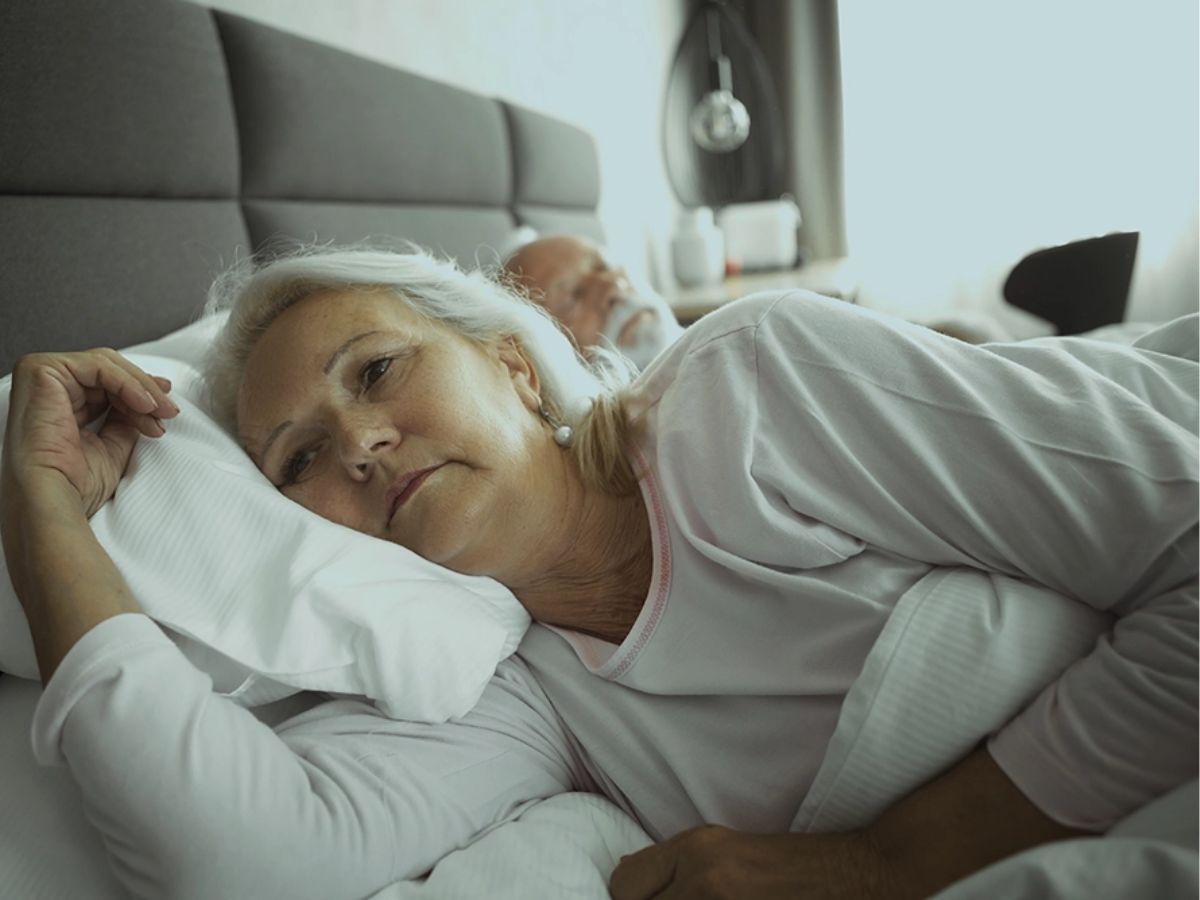As individuals get older, their internal “body clock” shifts forward resulting in earlier bedtimes and wake‐times. This phase advance is due to a reduction in the strength of their circadian rhythm that regulates sleep–wake cycles differential to light and darkness. After 60, melatonin is produced earlier in the evening and produced in lower amounts, causing older adults to naturally feel sleepy earlier in the evening yet wake too early in the morning.
Sleep architecture also changes: deep, slow-wave sleep decreases by approximately 2% each decade while lighter stages increase, resulting in a more fragmented night and less sound rest. In general, older adults will wake more times throughout the night–three to four times total but often due to trivial life disturbances like discomfort, noise or nocturia. Overall, and after midlife, older adults will spend slightly less total time sleeping about 10 minutes a decade but poor sleep quality often comes from poor sleep-wake transitions.
Hormonal changes also contribute to early rising. Cortisol (the stress hormone) peaks higher earlier in the morning and is at higher nocturnal levels to wake the body. The release of growth hormone and testosterone supports restorative sleep, but age-related decline reduces sleep opportunity and continuity. Sleep homeostasis (the process that balances increased “sleep drive” during wakefulness) becomes less effective, cognitive processing is compromised in the morning, lighter sleep is affected, less consolidated sleep occurs, and completing sleeping episodes to “catch up” is reduced.
As people age, they will naturally start waking up early in the morning. Waking early is not a bad thing. However, if early waking becomes more of a habit, and contributes to daytime sleepiness, it may be the symptom of a sleep disorder, or another medical issue. The methods of reinforcing and/or restoring the circadian sleep rhythm in older adults to enhance total sleep quality can be performed by following a consistent bedtime routine, increasing exposure to light during the day, and ensuring a proper sleeping environment (comfortable, cool, and quiet).
(This article is for informational purposes only and does not substitute professional medical advice. Consult a healthcare provider for personalized guidance.)
Vani Verma is a content writer with over 2 years of experience in lifestyle, entertainment, health and digital media. She has a knack for creating engaging and research-driven content that resonates with readers, blending creativity with clarity. Passionate about media trends, culture, and storytelling, she strives to craft content that informs, inspires, and connects.







